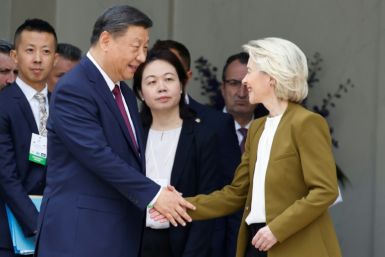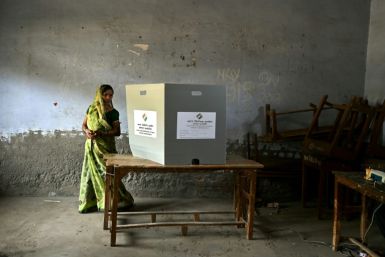BHP Billiton To Turn Olympic Dam Mine To World’s 2nd Largest Copper Mine

Although BHP Billiton (ASX BHP) set aside in 2012 its ambitious plan for a $30 billion open pit expansion of its giant copper-uranium-gold deposit in Olympic Dam in South Australia, the giant miner unveiled on Monday its new plans for the site.
BHP would instead expand its underground mine to make it the world's second-largest copper mine which would begin production in 2021-22 and regularly increase production until it reaches 450,000 tonnes annually by 2024, said BHP Chief Financial Officer Peter Bevean.
It is more than twice the 2013-14 production target in Olympic Dam of 184,000 tonnes of copper, but significantly lower than the original target off 750,000 tonnes assumed under peak demand for the commodity.
Bevean, the former copper chief of BHP, said the new plans would need funding approval from the company as well as SA residents and the state government.
The expansion plan got the support of SA Resources Minister Tom Koutsantonis who looked forward to the boost the project would give to the SA economy in terms of jobs created and jumpstarting other economic activities in the state.
Beavan estimated converting the dam's uranium, silver and gold by-products into copper equivalent would yield an annual production of 750,000 tonnes. He did not provide an amount how much the revised project would cost BHP, but he assured that it would definitely be lower than the original $30 billion.
He said that BHP is eyeing higher demand of uranium order from China as the Asian giant reduces its usage of fossil fuel and shift to nuclear energy which requires uranium.
Meanwhile, BHP Chief Executive Andrew Mackenzie said the company will initiate another round of cost-cutting measures to save over $4 billion annually in the next three years. In spite of these initiatives, partly in response to lower prices of commodities, he said BHP would continue to prosper and grow.
YouTube/The Australian






